Home>Gardening & Outdoor>Landscaping Ideas>What Causes Mushroom Growth In Lawns
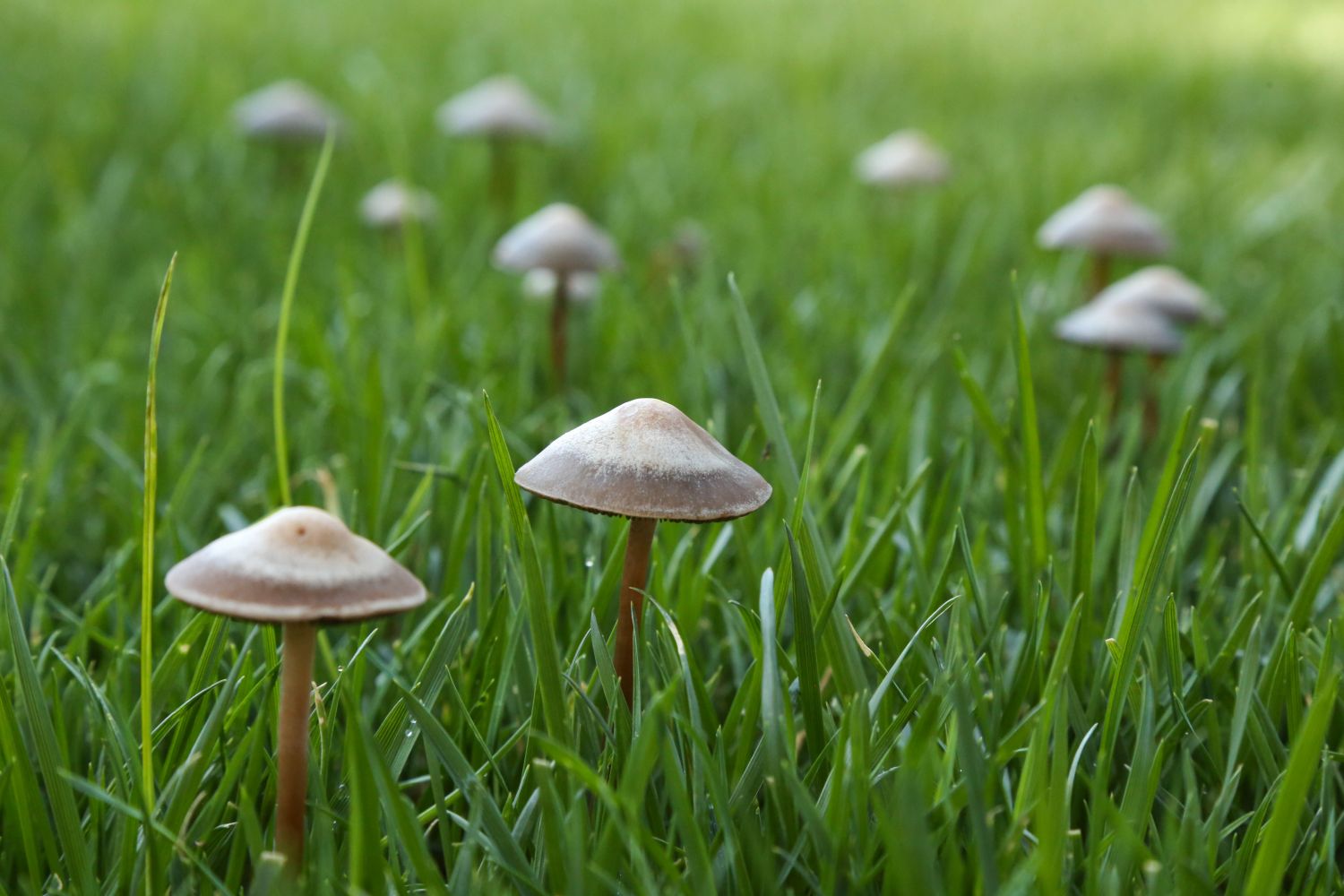

Landscaping Ideas
What Causes Mushroom Growth In Lawns
Published: December 25, 2023
Discover the landscaping ideas and factors that contribute to mushroom growth in lawns. Learn how to manage and prevent mushrooms for a healthy lawn. Explore effective landscaping tips now!
(Many of the links in this article redirect to a specific reviewed product. Your purchase of these products through affiliate links helps to generate commission for Storables.com, at no extra cost. Learn more)
Introduction
When it comes to maintaining a lush, green lawn, the sudden appearance of mushrooms can be both surprising and concerning for homeowners. These peculiar fungi seem to sprout overnight, creating a fairy tale-like scene in the yard. While their presence might evoke a sense of wonder, it's essential to understand the factors contributing to their growth and how to address them effectively.
Mushrooms are a type of fungi that thrive in damp, shaded environments, making lawns an ideal habitat for their proliferation. While some mushrooms are harmless and even beneficial to the soil, others can be toxic and pose a risk to children, pets, and the overall well-being of the lawn. Understanding the causes of mushroom growth in lawns is crucial for implementing preventive measures and maintaining a healthy outdoor space.
In this comprehensive guide, we will delve into the fascinating world of mushrooms, exploring the factors that contribute to their emergence in lawns, the different types that may appear, and effective strategies for preventing their growth. By gaining insight into these aspects, homeowners can take proactive steps to ensure a vibrant, mushroom-free lawn that serves as a safe and inviting outdoor haven for relaxation and recreation.
Key Takeaways:
- Embrace a vibrant, mushroom-free lawn by addressing moisture, organic debris, and shade. Proactive lawn care practices create a safe, inviting outdoor space for relaxation and recreation.
- Understand the types of mushrooms in lawns and prevent their growth by improving drainage, removing organic debris, and modifying irrigation practices. Create a visually appealing, healthy outdoor haven.
Read more: What Kills Mushrooms On Lawns
Understanding Mushrooms
Mushrooms are the fruiting bodies of fungi, serving as their reproductive structures. Beneath the surface of the soil, an intricate network of thread-like filaments, known as mycelium, spreads and thrives. When conditions are favorable, the mycelium produces mushrooms, which emerge above the ground, often appearing suddenly and seemingly out of nowhere.
These enigmatic organisms play a vital role in the ecosystem, participating in the decomposition of organic matter and the recycling of nutrients. In lawns, mushrooms often indicate the presence of decaying organic material, such as dead tree roots, thatch, or buried debris. As the mycelium breaks down these organic substances, it gives rise to the visible fruiting bodies we recognize as mushrooms.
It’s important to note that not all mushrooms are harmful or unsightly. In fact, some varieties contribute to the health of the soil and the overall balance of the lawn ecosystem. For instance, mycorrhizal mushrooms form symbiotic relationships with plant roots, enhancing their ability to absorb water and nutrients. These beneficial fungi can promote the vitality of grass and other vegetation, ultimately benefiting the lawn’s overall appearance and resilience.
However, the presence of mushrooms in lawns can also be a cause for concern, particularly when dealing with species that are toxic or unappealing. To effectively address mushroom growth, homeowners must understand the underlying factors that contribute to their emergence, enabling them to take targeted measures to prevent their proliferation and maintain a visually appealing, healthy lawn.
Factors Contributing to Mushroom Growth
The appearance of mushrooms in lawns can be attributed to a combination of environmental conditions and the presence of organic matter. Understanding the factors that contribute to mushroom growth is essential for implementing effective preventive strategies. Here are the key elements that foster the proliferation of mushrooms in lawns:
- Moisture: Mushrooms thrive in moist environments, making lawns susceptible to their emergence after periods of heavy rain or excessive irrigation. Poor drainage and areas with standing water can create the ideal habitat for mushroom growth, as the moisture provides the necessary conditions for the mycelium to produce fruiting bodies.
- Organic Matter: Decomposing organic material, such as dead tree roots, thatch, or buried debris, serves as a primary food source for the mycelium of mushrooms. Lawns that contain a significant amount of organic debris are more likely to experience mushroom growth as the mycelium breaks down this material, giving rise to mushrooms as a visible sign of the decomposition process.
- Shade: Mushrooms thrive in shaded areas where direct sunlight is limited. Lawns with dense tree cover or structures that obstruct sunlight may provide the ideal conditions for mushroom growth. The lack of sunlight can create a cool, damp environment conducive to the development of mushrooms.
- Soil Composition: Certain soil types, particularly those rich in organic matter and with a tendency to retain moisture, can contribute to the proliferation of mushrooms. Understanding the composition and drainage characteristics of the soil is crucial for assessing the likelihood of mushroom growth in a lawn.
By taking these factors into account, homeowners can gain insight into the conditions that promote mushroom growth in their lawns. Addressing these elements through targeted lawn care practices and environmental modifications can help mitigate the risk of mushroom emergence and maintain a visually appealing, healthy outdoor space.
To prevent mushroom growth in lawns, avoid overwatering, improve drainage, and reduce thatch buildup. Also, remove any decaying organic matter.
Types of Mushrooms in Lawns
When mushrooms make their mysterious appearance in lawns, they can manifest in various shapes, sizes, and colors, adding an intriguing and sometimes whimsical touch to the outdoor landscape. While some mushrooms are harmless and even beneficial, others can be toxic and pose a risk to human and animal health. Understanding the different types of mushrooms that may appear in lawns is essential for identifying potential hazards and taking appropriate measures. Here are some common types of mushrooms that homeowners may encounter:
- Fairy Rings: These circular formations of mushrooms often emerge in lawns and are caused by underground mycelium that spreads outward, producing a ring of mushrooms on the surface. While fairy rings can create an enchanting visual effect, they may also indicate the presence of decaying organic matter in the soil.
- Puffballs: Puffball mushrooms are characterized by their round, often white, fruiting bodies that release spores when mature. These mushrooms can vary in size and may appear individually or in groups, adding a distinctive element to the lawn’s appearance.
- Shaggy Mane: Also known as the lawyer’s wig mushroom, the shaggy mane features tall, slender fruiting bodies with distinctive shaggy caps. While visually striking, this type of mushroom can be short-lived, as the cap quickly deliquesces into an inky, black substance.
- Amanita Mushrooms: Amanita mushrooms encompass a diverse group of species, some of which are highly toxic. These mushrooms often feature distinctive caps with white gills and a prominent ring around the stem. Due to their toxicity, it’s crucial to identify and address Amanita mushrooms promptly to prevent potential harm.
- Mycorrhizal Mushrooms: These beneficial mushrooms form symbiotic relationships with plant roots, enhancing the lawn’s overall health by facilitating nutrient uptake and water absorption. Mycorrhizal mushrooms contribute to the vitality of the soil and the vegetation, promoting a thriving lawn ecosystem.
By familiarizing themselves with the various types of mushrooms that may appear in their lawns, homeowners can better assess the potential impact of these fungi on the outdoor environment. Recognizing the characteristics and behaviors of different mushroom species enables homeowners to take informed measures to address their presence and maintain a safe, visually appealing lawn.
Preventing Mushroom Growth
While the sudden appearance of mushrooms in lawns can be intriguing, homeowners often seek effective strategies to prevent their proliferation and maintain a visually appealing outdoor space. By addressing the underlying factors that contribute to mushroom growth and implementing targeted preventive measures, homeowners can minimize the emergence of mushrooms in their lawns. Here are several proactive strategies for preventing mushroom growth:
- Improve Drainage: Addressing drainage issues in the lawn can help reduce the moisture levels that foster mushroom growth. Ensuring proper grading and introducing drainage solutions, such as French drains or strategic landscaping modifications, can mitigate excessive moisture and create a less favorable environment for mushrooms.
- Remove Organic Debris: Clearing the lawn of decaying organic matter, such as dead tree roots, thatch, or accumulated debris, can diminish the food source for mushroom mycelium. Regular dethatching and aeration can help minimize the presence of organic material, reducing the likelihood of mushroom emergence.
- Prune Trees and Shrubs: Trimming trees and shrubs to allow for better air circulation and sunlight penetration can reduce shaded areas that promote mushroom growth. Opening up the lawn to more sunlight can create a less hospitable environment for mushrooms to thrive.
- Modify Irrigation Practices: Adjusting irrigation schedules and methods can help prevent excessive moisture accumulation in the lawn. Watering in the morning to allow for adequate drying time during the day and avoiding overwatering can contribute to a drier lawn environment less conducive to mushroom growth.
- Monitor Soil Composition: Conducting soil tests and assessing the composition and drainage characteristics of the soil can provide valuable insights into the potential for mushroom growth. Amending the soil as needed to improve drainage and reduce organic matter accumulation can help create an environment less favorable to mushrooms.
- Professional Consultation: In cases where persistent mushroom growth poses challenges, seeking guidance from lawn care professionals or mycologists can provide tailored recommendations for addressing the underlying causes and preventing future mushroom emergence.
By implementing these preventive strategies and addressing the environmental factors that contribute to mushroom growth, homeowners can cultivate a healthier, more resilient lawn while minimizing the presence of unsightly or potentially harmful mushrooms. Proactive lawn care practices and environmental modifications can contribute to a vibrant, mushroom-free outdoor space that serves as a safe and inviting environment for leisure and recreation.
Read more: What Causes Moss On Lawns
Conclusion
The presence of mushrooms in lawns can evoke a sense of wonder and curiosity, adding a touch of enchantment to the outdoor landscape. However, understanding the factors contributing to mushroom growth and the potential impact of different mushroom types is essential for maintaining a healthy, visually appealing lawn. By recognizing the environmental conditions and organic matter that foster mushroom proliferation, homeowners can take proactive steps to prevent their emergence and cultivate a vibrant, mushroom-free outdoor space.
From addressing moisture levels and drainage issues to managing organic debris and optimizing irrigation practices, homeowners have a range of effective strategies at their disposal to prevent mushroom growth. By modifying the lawn environment and implementing targeted lawn care practices, individuals can reduce the likelihood of unsightly or potentially harmful mushrooms appearing in their lawns.
Furthermore, gaining insight into the diverse types of mushrooms that may emerge in lawns allows homeowners to identify potential hazards and take appropriate measures to address their presence. While some mushrooms are beneficial and contribute to the health of the lawn ecosystem, others may pose risks to human and animal health, necessitating informed management and preventive actions.
Ultimately, by integrating preventive measures, environmental modifications, and a deeper understanding of mushrooms and their habitat, homeowners can create and maintain a resilient, visually appealing lawn. A proactive approach to lawn care not only minimizes the presence of mushrooms but also fosters an outdoor environment that serves as a safe, inviting space for relaxation, recreation, and the enjoyment of nature’s beauty.
By embracing the knowledge and strategies outlined in this guide, homeowners can embark on a journey to cultivate a vibrant, mushroom-free lawn that stands as a testament to their dedication to nurturing a healthy and beautiful outdoor oasis.
Frequently Asked Questions about What Causes Mushroom Growth In Lawns
Was this page helpful?
At Storables.com, we guarantee accurate and reliable information. Our content, validated by Expert Board Contributors, is crafted following stringent Editorial Policies. We're committed to providing you with well-researched, expert-backed insights for all your informational needs.
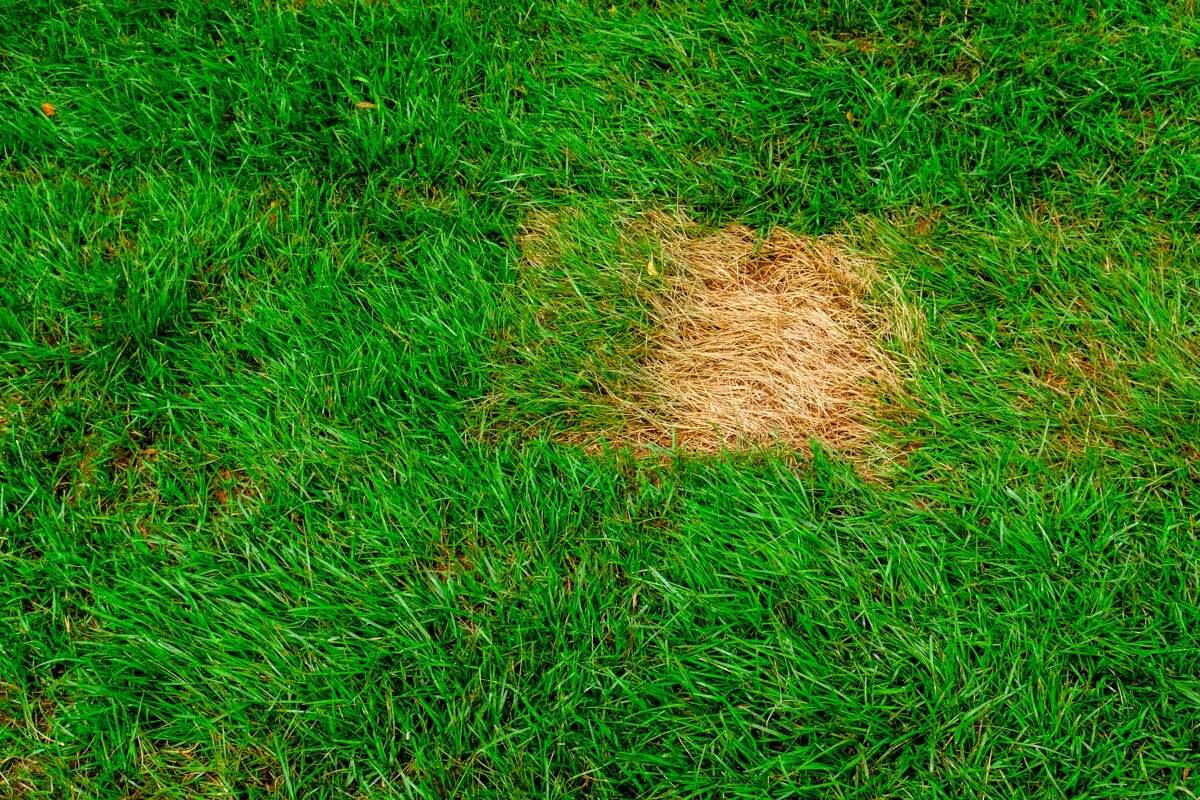
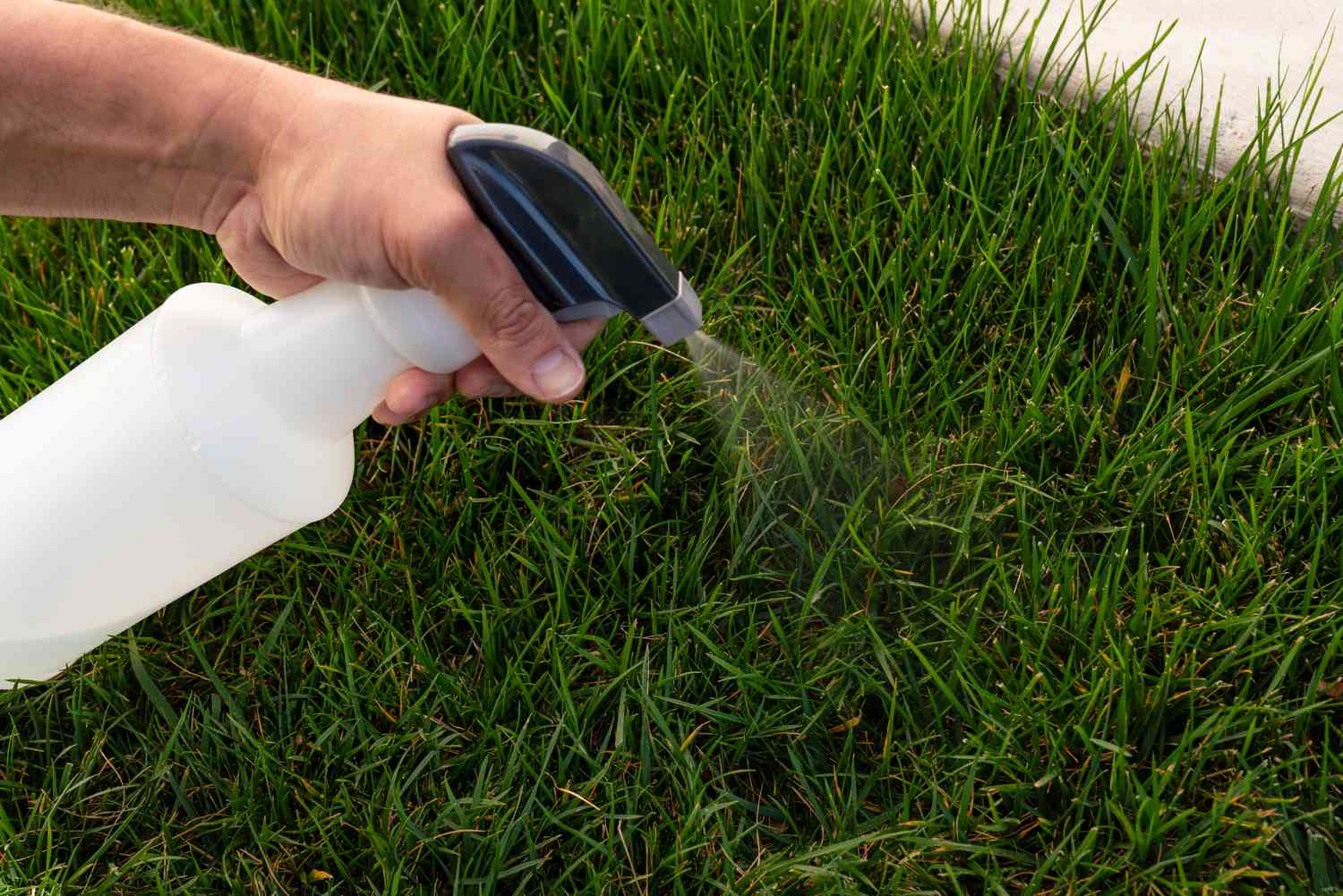


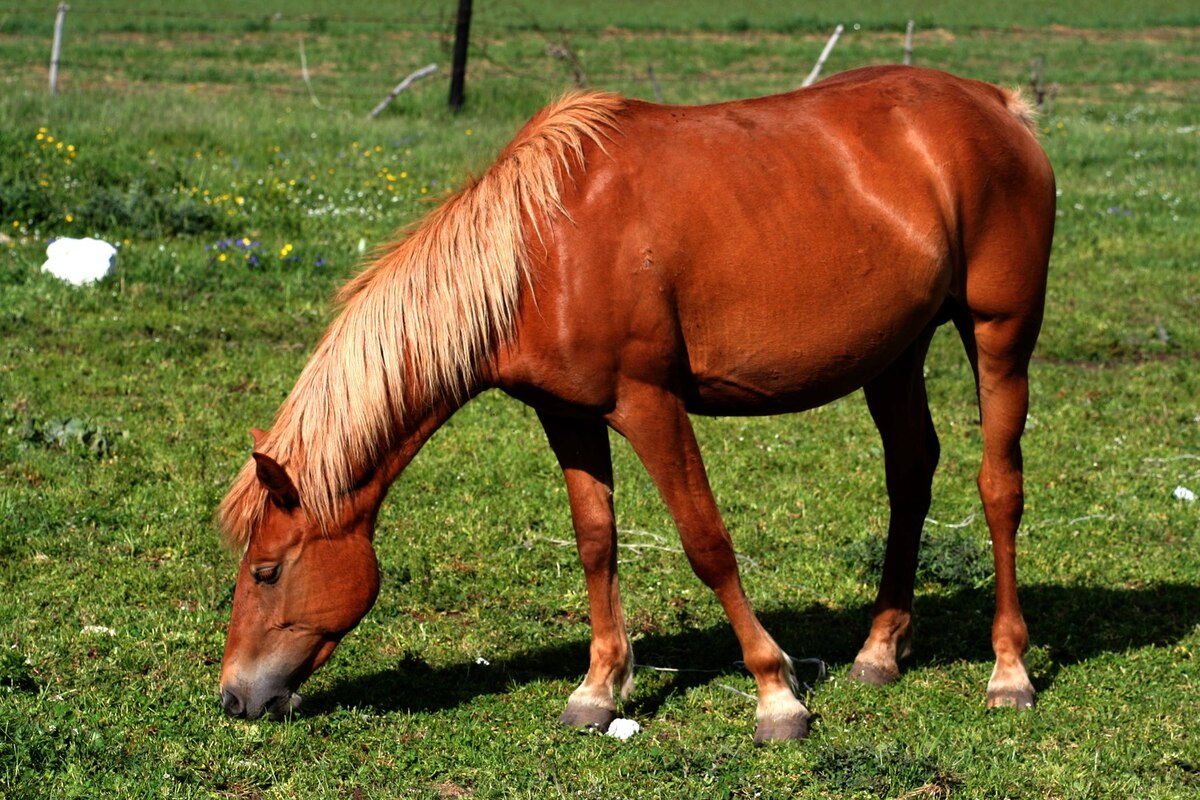


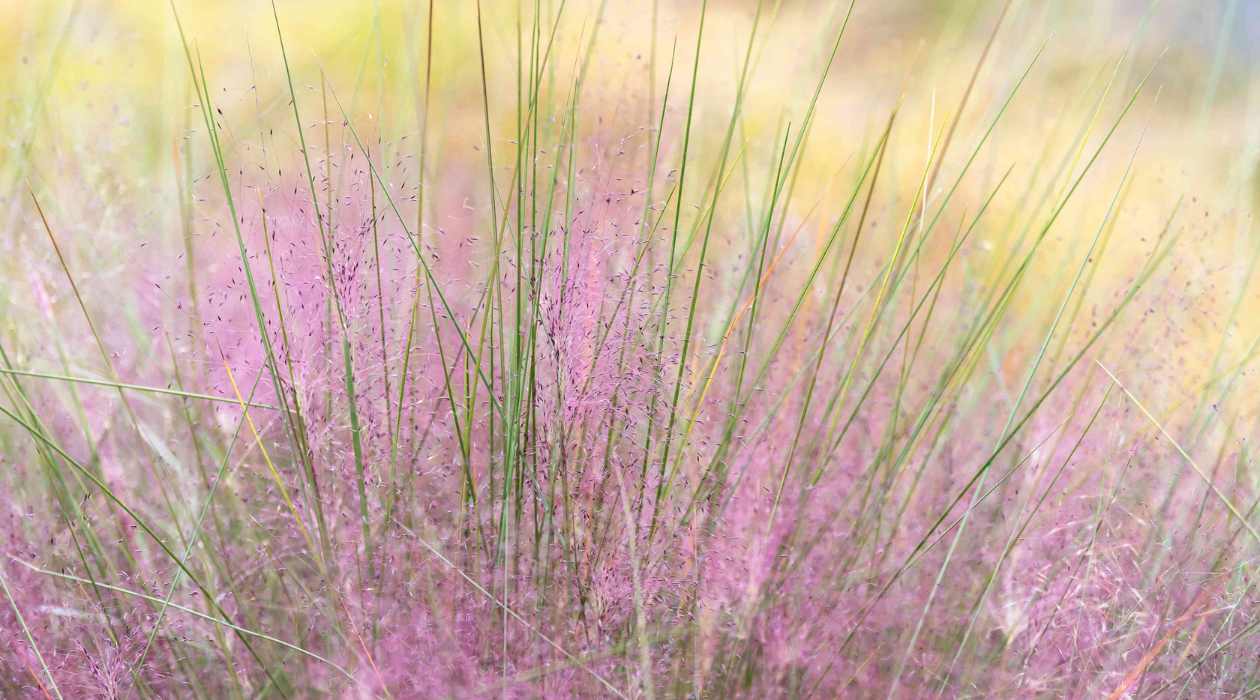
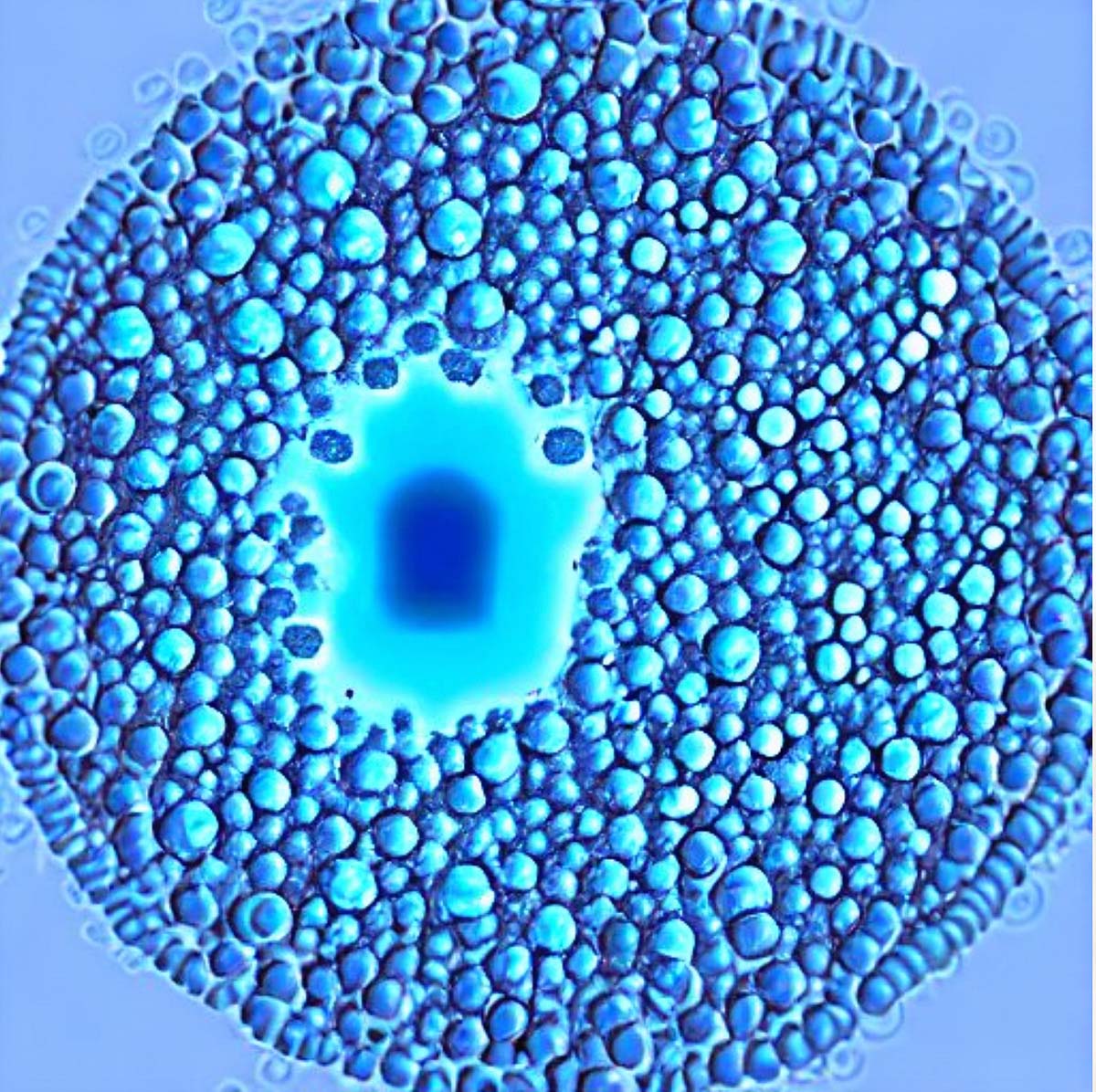
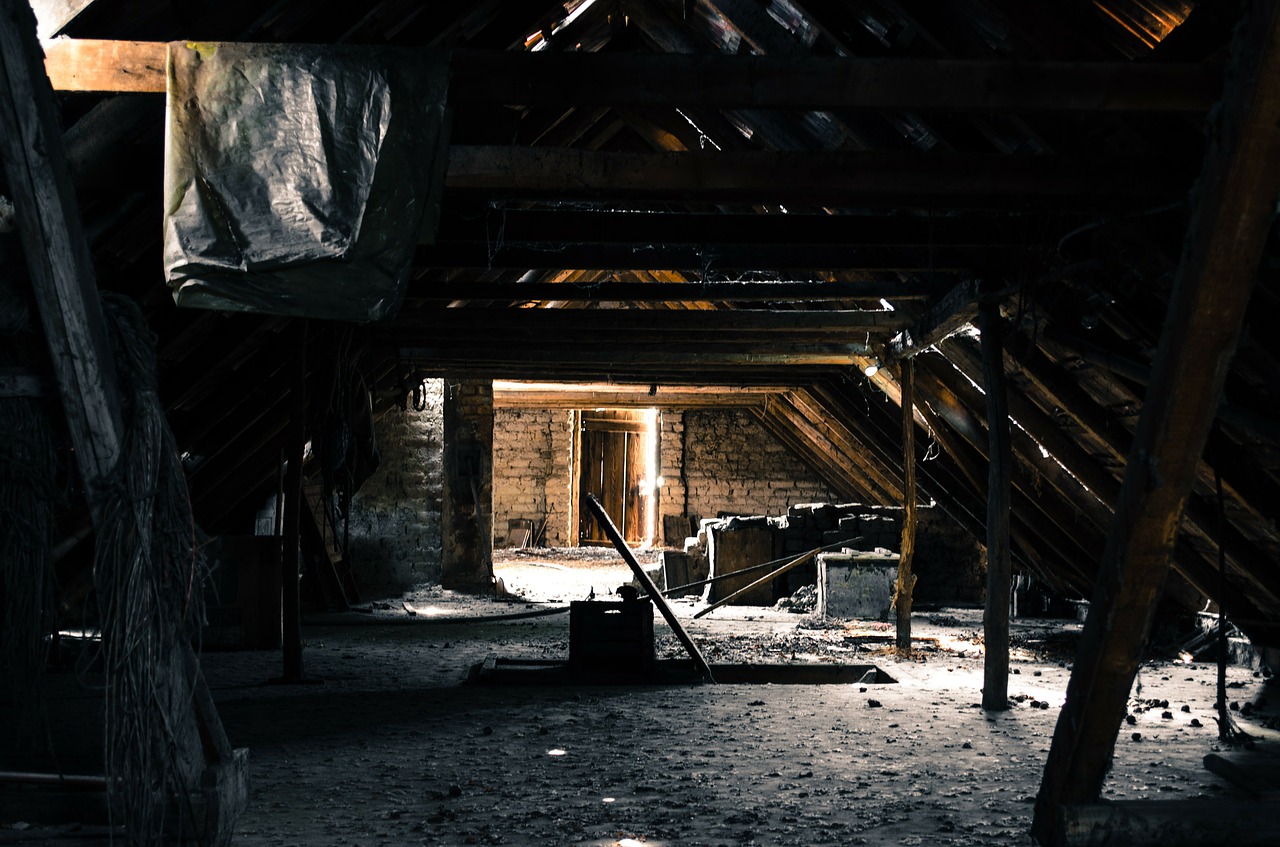
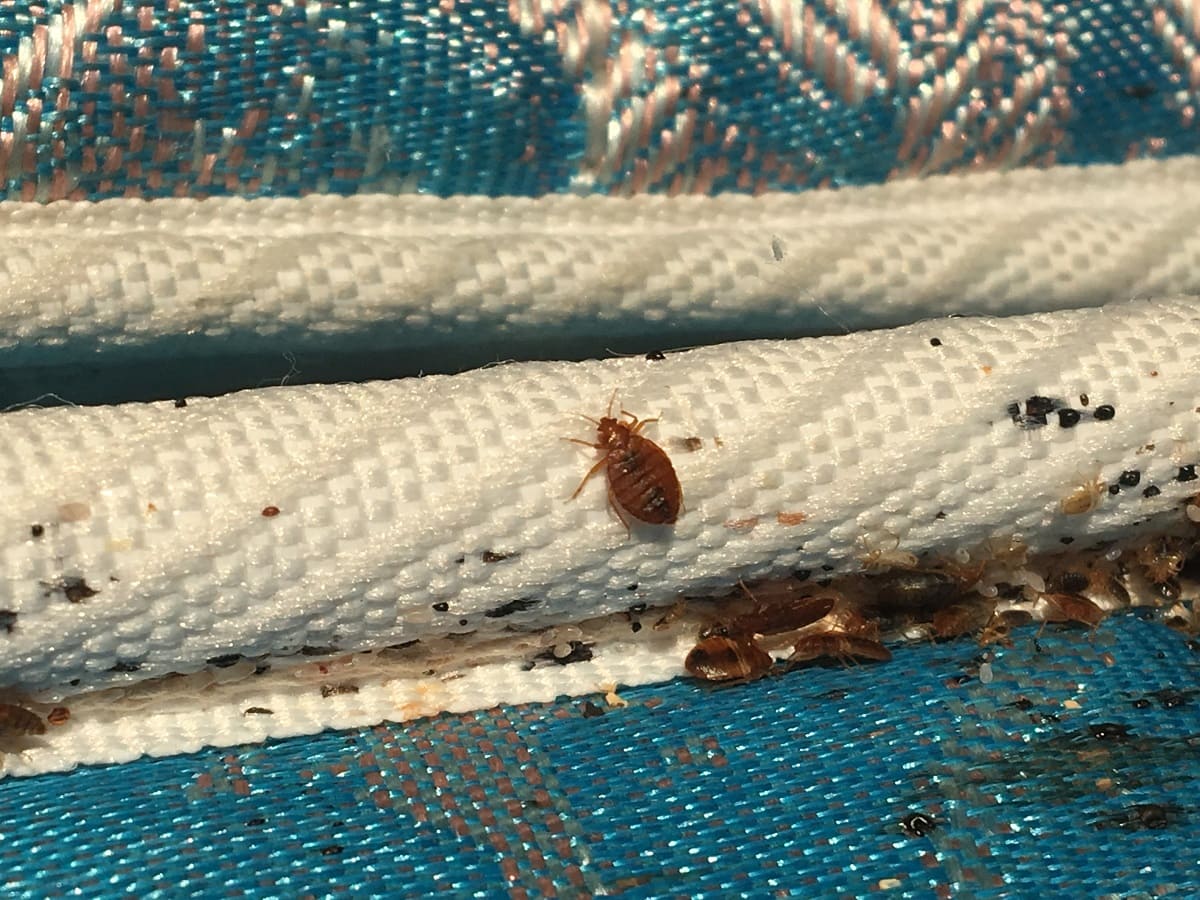
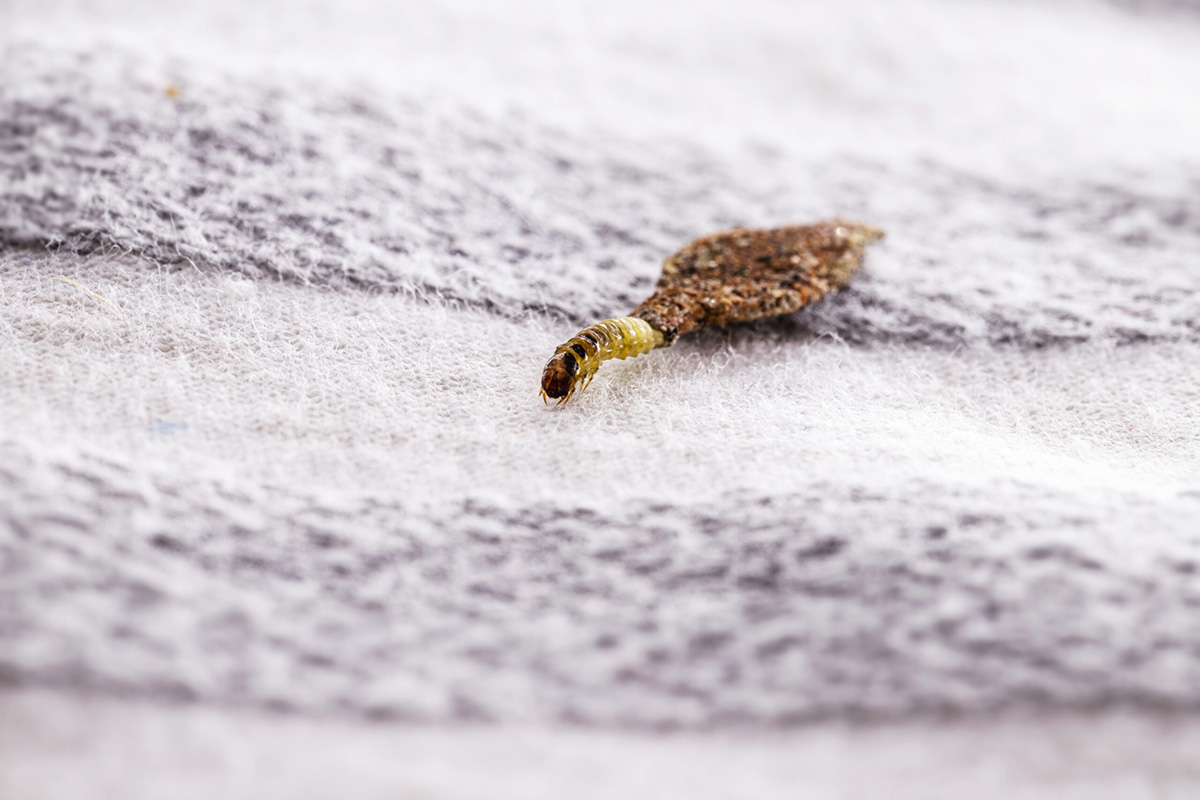

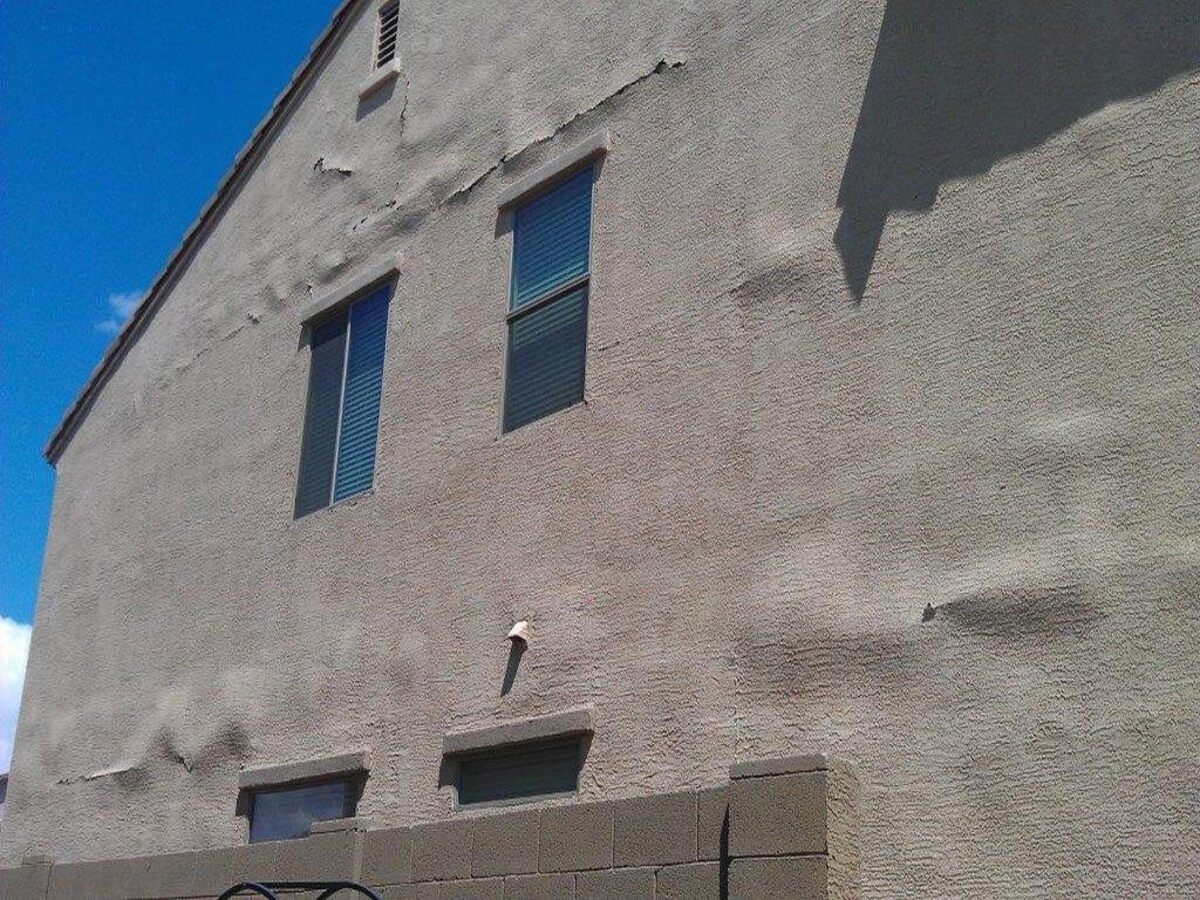

0 thoughts on “What Causes Mushroom Growth In Lawns”